Sterling jumps on stellar May retail sales
Sterling surges after much stronger than expected retail sales data in May.
Retail sales include fuel rose 1.3% mom versus expectation of 0.5% mom and prior 1.8% mom.
Retail sales include fuel rose 3.9% yoy versus expectation of 2.4% yoy and prior 1.4% yoy.
Retail sales ex-fuel rose 1.3% mom versus expectation of 0.3% mom and prior 1.4% mom
Retail sales ex-fuel rose 4.4% yoy versus expectation of 2.5% yoy and prior 1.4% yoy.
Here are the main points from the release:
- In May 2018, the quantity bought in the retail industry increased by 1.3% when compared with April 2018 with growth across all main sectors.
- Feedback from retailers suggested that a sustained period of good weather and Royal Wedding celebrations encouraged spending in food and household goods stores in May.
- The quantity bought saw a sharp increase to year-on-year growth in May at 3.9% when compared with April at 1.4%; possibly due to a combination of warm weather and slow year-on-year growth in May 2017 at 0.8%.
- Non-store retailing showed strong growth in the quantity bought when compared with the previous year at 16.2%, the previous month at 4.5% and in the three months to May at 4.9%.
- Online spending for food, department and clothing stores continued to increase, achieving new record proportions of online retailing in May at 5.8%, 17.4% and 17.6% respectively.
- The proportion of online spending in clothing stores has grown at a much faster rate in the last 14 months, from 14.7% in March 2017 to 17.6% in May 2018.
Full release here.
GBP/USD’s break of 1.3424 minor resistance now suggests that rebound from 1.3203 is going to resume through 1.3471. It could target 100% projection of 1.3203 to 1.3471 from 1.3307 at 1.3575.
Japan trade deficit hit another record as import surged
Japan’s exports rose 25.3% yoy to JPY 9.00T in October, after shipments of cars and electronics components increased. Imports rose 53.5% yoy to JPY 11.16T, hitting a historical high, as led by crude oil, liquefied natural gas and coal.
Trade deficit came in at JPY -2.16T, a record for the month. Also, Japan has seen as record trade deficit for each month in the past six months, on rising energy and raw material costs, as well as weak Yen exchange rates.
US-bound exports rose 36.5% yoy to JPY 1.78T while imports rose 47.1% yoy to JPY 1.06T. Exports to China rose 7.7% yoy to JPY 1.72T while imports rose 39.3% yoy to JPY 2.39T.
In seasonally adjusted term, exports rose 2.2% mom to JPY 8.91T. Imports rose 4.2% mom to JPY 11.21T. Trade deficit came in at JPY -2.30T.
ECB Lane: Economy unlikely to return to pre-crisis level before 2021
ECB chief economic Philip Lane said in an interview by El Pais that “the speed at which the economy bounces back will then hinge on whether consumers are more reluctant to consume and businesses hold back on investment.” “From today’s perspective, it looks in any case unlikely that economic activity will return to its pre-crisis level before 2021, if not later.”.
Regarding the upcoming June ECB meeting, Lane said policymakers are “in the process of analyzing the situation”. “If we see that financial conditions are too tight, or the pressure on individual bond markets is not reflecting economic fundamentals, we can adjust the size or duration of our purchases, which we can anyway allocate flexibly over time and market segments, he added.
Eurozone labor costs rose 2.4%, wages grew record 2.5%
Eurozone hourly labor costs rose 2.4% yoy in Q1, accelerated from 2.3% yoy in Q4, but missed expectation of 2.6% yoy. On of the main components, wages & salaries per hour rose 2.5% yoy, accelerated from 2.3%. That’s also the highest rise since record started in 2010. Another one, no-wage component rose 2.2% yoy, slowed from 2.4% yoy.
Breaking down by economic activity, hourly labour costs rose by 2.5% in industry, by 2.3% in construction, by 2.4% in services and by 2.5% in the (mainly) non-business economy.
EU28 hourly costs rose 2.6% yoy, slowed down from 2.8% yoy. Among the member states, the highest annual increases in hourly labour costs for the whole economy were registered in Romania (16.3%) and Bulgaria (12.9%), while the only decrease was recorded in Greece (-0.2%).
US GDP grew 2.6% annualized in Q4, initial jobless claims rose to 225k
US GDP growth slowed to 2.6% annualized in Q4, down fro 3.4% but beat expectation of 2.5%. GDP price index rose 1.8%, beat expectation of 1.7%. The increase in real GDP in the fourth quarter reflected positive contributions from personal consumption expenditures (PCE), nonresidential fixed investment, exports, private inventory investment, and federal government spending. Those were partly offset by negative contributions from residential fixed investment, and state and local government spending.
Initial jobless claims rose 8k to 225k in the week ending February 23. Four-week moving average of initial claims dropped -7k to 229k. Continuing claims rose 79k to 1.805M in the week ended February 16. Four-week moving average of continuing claims rose 6.75k to 1.762M.
RBA Lowe: Interest rate will get to 2.5% at some point
In an interview, RBA Governor Philip Lowe said, “Australians need to prepare for higher interest rates”. He expects inflation to get to 7% by the end of the year, and “we need to be able to chart a course back to 2 to 3 per cent inflation”.
Lowe said, “it’s reasonable that the cash rate gets to 2½ per cent at some point… How fast we get to 2½ per cent, and indeed whether we get to 2½ per cent, is going to be determined by events.”
He expects inflation to peak at around 7% in the December quarter this year. Inflation will “clearly be coming down” into the second half of next year.
UK CPI accelerated to 1.0%, core CPI at 1.8%
UK headline CPI accelerated to 1.0% yoy in July, up fro 0.6% yoy, well above expectation of 0.7% yoy. Core CPI also jumped to 1.8% yoy, up from 1.4% yoy, well above expectation of 1.3% yoy. ONS said clothing, rising prices at the petrol pump, and furniture and household goods made large upward contributions consumer to inflation.
Also from UK, RPI was at 0.5% mom, 1.6% yoy, versus expectation of 0.1% mom, 1.2% yoy. PPI input came in at 1.8% mom, -5.7% yoy, PPI output at -0.3% mom, -0.9% yoy. PPI output core at -0.1% mom, 0.1% yoy.
ECB SPF: Economists downgrade eurozone growth and inflation forecasts for 2019 and 2020
In the latest ECB survey for Q2, professional forecasters revised down growth, inflation and core inflation forecasts for both 2019 and 2020. Inflation are projected to be below ECB’s 2% target over the whole forecast horizon. Also, the reported noted that “probability distributions continued to indicate relatively high uncertainty around expected inflation in two years’ time.”
On growth, “respondents considered the current level of uncertainty to be very high and to be having an economic impact, mainly via companies’ investment decisions.” Also “risks to the forecasts for real GDP growth remained to the downside.” The most cited downside risks was “potential impact of a hard Brexit. Many respondents refer to “further escalation of trade conflict between US and China, an the apparent slowdown in China”. “Very few”mentioned upside risks.
HICP inflation forecasts (previous at Q1 2019):
- 2019 at 1.4% (down from 1.5%)
- 2020 at 1.5% (down from 1.6%)
- 2021 at 1.6% (down from 1.7%)
- Longer term at 1.8% (unchanged)
HICP core inflation forecast:
- 2019 at 1.2% (down from 1.3%)
- 2020 at 1.4% (down from 1.5%)
- 2021 at 1.6% (unchanged)
- Longer term at 1.7% (unchanged)
GDP growth forecast:
- 2019 at 1.2% (down from 1.5%)
- 2020 at 1.4% (down from 1.5%)
- 2021 at 1.4% (unchanged)
- Longer term at 1.4% (down from 1.5%).
China Caixin PMI manufacturing rose to 53.6, recovery is the word in current macro economy
China Caixin PMI Manufacturing rose to 53.6 in October, up from 53.0, beat expectation of 53.0. That’s also the highest level since August 2014. Markit noted that output rises sharply amid quickest increase in total new work for nearly a decade. However, pandemic dampens growth of new export orders.
Wang Zhe, Senior Economist at Caixin Insight Group said: “To sum up, recovery was the word in the current macro economy, with the domestic epidemic under control. Manufacturing supply and demand improved at the same time. Enterprises were very willing to increase inventories. Prices tended to be stable. Business operations improved, and entrepreneurs were confident.
“But the twists and turns of overseas infections remained a headwind for exports. The full recovery of employment depends on stronger and more-lasting business confidence. As the economic indicators for consumption, investment and industrial output for September were generally better than expected, it is highly likely that the economic recovery will continue for the next several months. But there are still many uncertainties outside of China, so policymakers need to be cautious about normalizing post coronavirus monetary and fiscal policies.”
BoJ to purchase JGBs without setting an upper-limit
BoJ announced further enhancement on monetary easing after shortening the two-day meeting to just three hours. Short term interest rate is held at -0.1%. Meanwhile, BoJ will purchase JGBs to and T-bills “without setting an upper-limit” to keep 10-year JGB yields at around zero percent.
Other two measures include firstly, commercial papers and corporate bonds purchases upper limit is raised to JPY 20 trillion., with maximum maturity extended to 5 years. Secondly, the Special Funds-Supplying Operates to Facilitate Financing in response to the Novel Coronavirus will expand the range of eligible collateral, counter parities, with 0.1% positive interest rate applied.
BoE keeps rate at 0.1%, asset purchase at 645B, two members want more purchases
BoE kept interest rate unchanged at 0.10% as widely expected, with unanimous vote. Asset purchase target was held at GBP 645B, but by 7-2 vote. Two members, Jonathan Haskel and Michael Saunders, preferred to increase the target for the stock of asset purchases by an additional GBP 100B. The central bank said it “stands ready to take further action as necessary to support the economy and ensure a sustained return of inflation to the 2% target.
The central bank said the timeliest indicators of domestic demand have “generally stabilized” at very low levels in recent weeks. Payments data point to around 30% reduction in household consumption. Consumer confidence has “decline markedly” and housing market activity has “practically ceased”. Companies’ sales are expected to be around 45% lower than normal in Q2, business investment 50% lower. Sharp increased in benefit claims are consistent with a pronounced rise in unemployment rate. CPI is likely to “fall below 1%” in the next few months.
AUD/JPY a top loser as Aussie suffers triple blow
Australian Dollar continues to trade as the worst performer for the week, suffering triple blow including risk aversion, free fall in copper price and RBA speculations. Copper’s selloff accelerated this week and broke to new low in 2023 today. There are increasing doubts on whether RBA will raise interest rate next week or opt for the second pause in a row after yesterday’s CPI data.
AUD/JPY is currently the second biggest mover for the week, just next to EUR/AUD. Current development indicates that corrective recovery from 86.04 has concluded with three waves up to 80.76, after being rejected by channel resistance. This implies that the larger downtrend from 99.32 (2022 high) is ongoing and may be ready to resume.
Immediate focus is now on 87.57 support. Firm break there will confirm this bearish case, and target 38.2% retracement of 59.85 to 99.32 at 84.24. Firm break there could prompt downside acceleration to 100% projection of 99.32 to 87.00 from 92.99 at 80.67. But of course, the whole development would also depend on any surprise from BoJ on Friday.
As for Copper, with breach of 3.8229 support, whole decline from 4.3556 is likely resuming. There is risk of more downside acceleration if it cannot recovery back above 3.9197 support turned resistance soon. Next target would be 100% projection of 4.3555 to 3.8229 from 4.1743 at 3.6416, which is close to 61.8% retracement of 3.1314 to 4.3556 at 3.5990, that is, around 3.6 handle. If this extended selloff in copper materializes, it could put additional pressure on Aussie.
BoJ: Allowing long-term yields to rise may contribute to sluggish prices
BoJ released the Summary of Opinions at the July 30/31 monetary policy meeting today. There BoJ added forward guidance to ” maintain the current extremely low levels of short- and long-term interest rates for an extended period of time”. Also, BoJ is allowing 10 year JGB yield to move between -0.1% and +0.1%, as Governor Haruhiko Kuroda noted in the press conference.
The summary of opinions noted that it’s “extremely important” to introducing forward guidance as a new measure. And, that would strengthen its commitment to achieving the price stability target, in order to ensure public confidence in its strong stance toward achieving the target.”
Also, the summary noted that “controlling the long-term yields in a flexible manner is likely to contribute to maintaining and improving market functioning.” Rise in interest rates “is expected to be effective in alleviating the cumulative impact on the functioning of financial intermediation and enhancing the sustainability of the Bank’s policy.
Additionally, “referring to the recent developments in long-term interest rates in major economies, it can be considered appropriate for interest rate control in Japan to allow the yields to move upward and downward by around 0.25 percent.” Though, most member agreed that it should be “made clear at the press conference” that currently yield may move between -0.1% to 0.1%.
However, the summary also noted concerns that ” when medium- to long-term inflation expectations are weak, making policy adjustments that could allow the long-term yields to rise may lead to an increase in real interest rates and thereby contribute to sluggish prices.”
ECB de Guindos: Countries want to avoid strict lockdowns as in March
ECB Vice President Luis de Guindos said recent economic data showed that economic recovery is losing momentum. He noted that EU countries are being hit by second wave of the coronavirus pandemic. But it “doesn’t look like countries want to impose strict lockdowns such as seen in March.”
He also said mergers can improve banks’ profitability. “Removing cost excesses, over-capacity is more necessary than it was before the pandemic. Consolidation is a tool, it is not a goal in itself, but can be helpful in cost savings, in removing over-capacity.”
US PPI dropped -0.2% mom in June, PPI core dropped -0.3% mom
US PPI dropped -0.2% mom in June versus expectation of 0.4% mom. PPI core dropped -0.3% mom versus expectation of 0.1% mom. Annually, PPI was unchanged at -0.8% yoy, below expectation of -0.4% yoy. PPI core slowed to 0.1% yoy, down from 0.3% yoy, missed expectation of 0.5% yoy.
US Ross: Tariff delays not quid pro quo with China
US Commerce Secretary Wilbur Ross told CNBC that the tariff delay decision were not a trade ‘quid pro quo’ with China. He referred to the delay in 10% tariffs on some Chinese imports until December 15. Instead, it’s just because “nobody wants to take any chance of disrupting the Christmas season”.
Ross added that “we’ve been doing analysis since the hearings were announced by the USTR”. And, “even though they were only announced as being imposed recently, the analytical work began well before that.”
Gold surges to new record, but anticipates stiff resistance at 2500
Gold’s bullish momentum appears unstoppable for now as it surged to new record high in Asian session, now eyeing 2400 mark. This surge is driven by a confluence of factors that indicate broader market apprehensions, particularly about resurgence of inflation risks, with geopolitical tension in the background.
This shift in sentiment is evident in the sharp increase in benchmark treasury yields across various regions, including US, Europe, and even Japan. Concurrently, major stock indices are showing signs of a looming correction.
Judging from these developments, Gold’s rally is more fueled by safe-haven flows, partly as hedge against selloff in stocks and bonds, and partly on geopolitical risks.
Technically, near term outlook in Gold will stay bullish as long as 2319.18 support holds. Next target is 2500 psychological level. Strong resistance is expected there to limit upside, at least on first attempt, to bring a notable correction.
Overbought condition, as seen in weekly RSI is a factor that could limit Gold’s momentum ahead. More importantly, 2500 represents a cluster medium and long term projection levels. There lies 161.8% projection of 1614.60 to 2062.95 from 1810.26 at 2535.69, and 100% projection of 1160.17 to 2074.84 at 1614.60 at 2529.27.
Eurozone retail sales rises 0.1% mom in May, EU up 0.1% mom too
Eurozone retail sales volume rose 0.1% mom in May, below expectation of 0.2% mom. Sales volume, increased by 0.7% mom for food, drinks, tobacco, and by 0.4% mom for automotive fuel in specialized stores. Sales volume fell -0.2% mom for non-food products (except automotive fuel).
EU retail sales also rose 0.1% mom. Among Member States for which data are available, the highest monthly increases in the total retail trade volume were recorded in Denmark (+2.3%), Lithuania (+1.8%) and Luxembourg (+1.7%). The largest decreases were observed in Slovakia (-1.0%), Ireland (-0.9%), Bulgaria and Malta (both -0.8%).


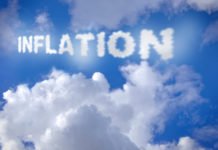


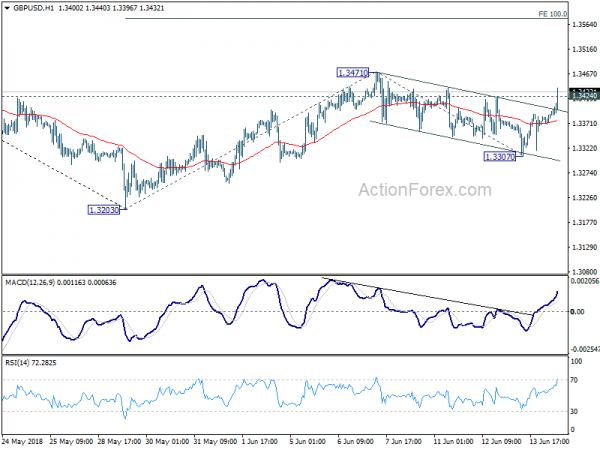
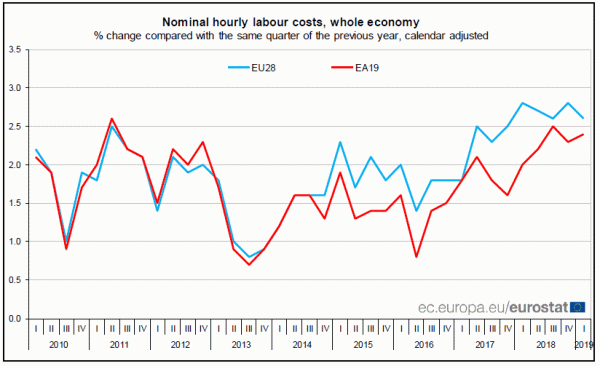
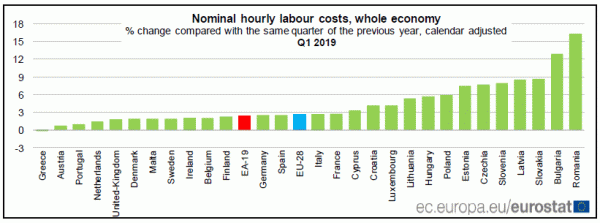
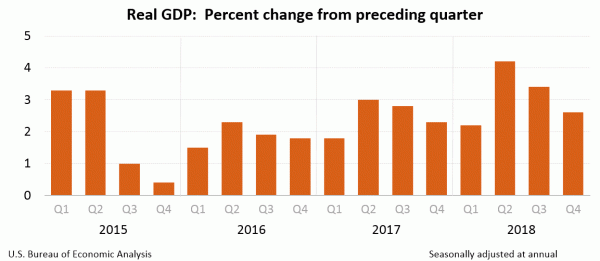
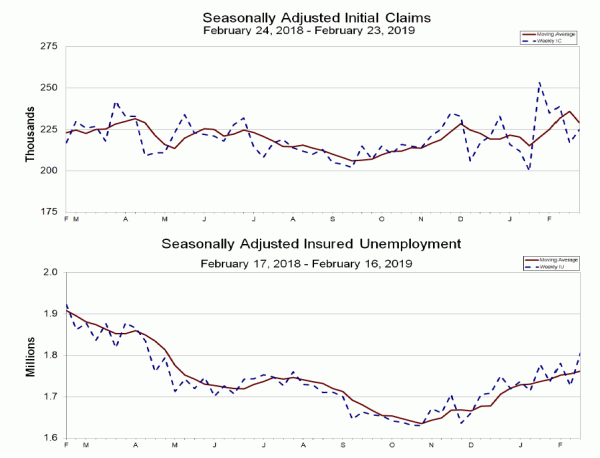
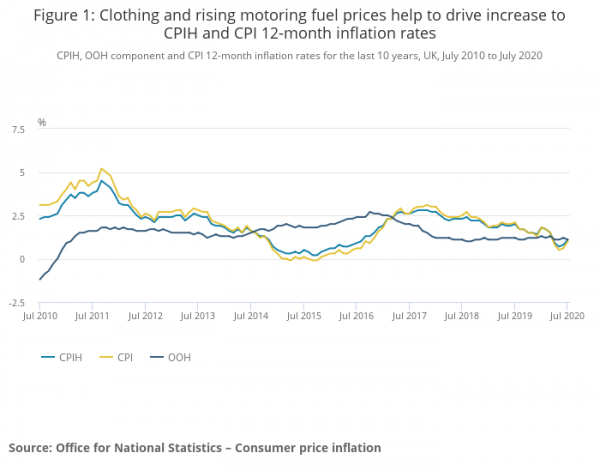
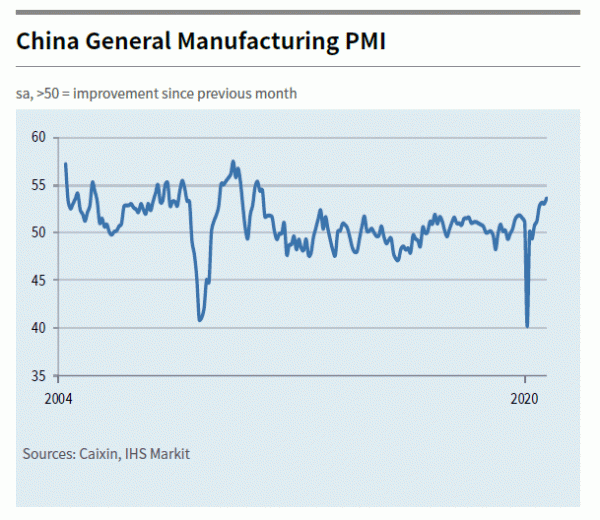
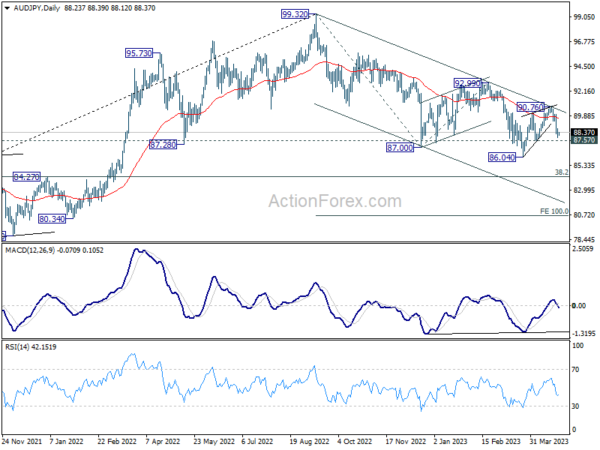
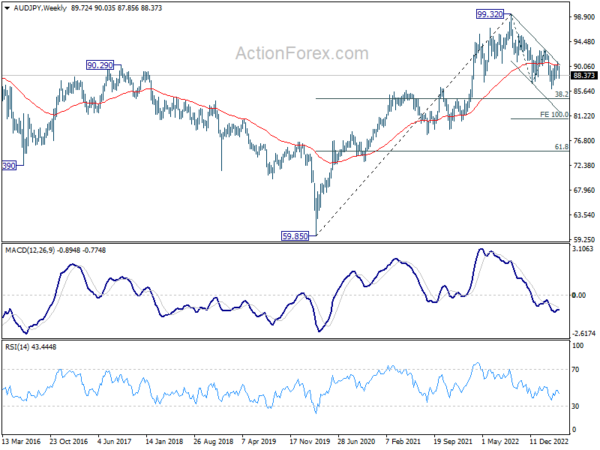
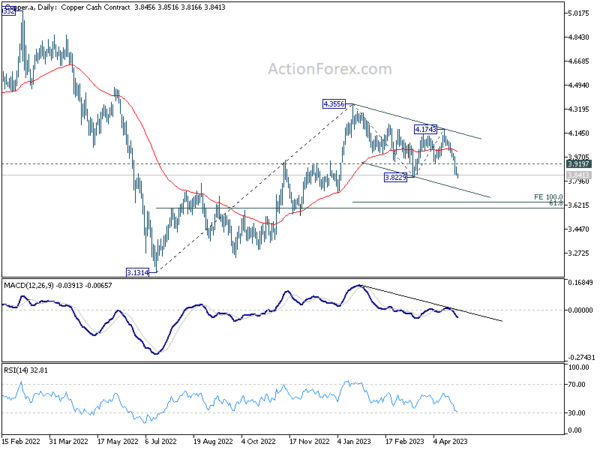
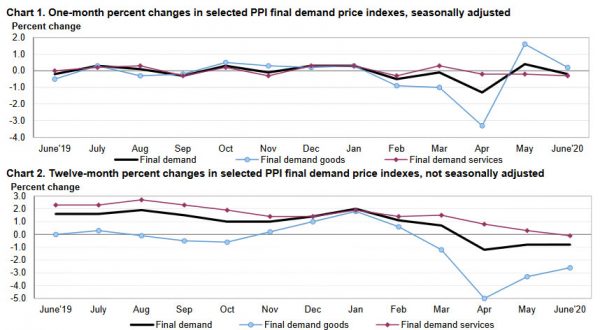

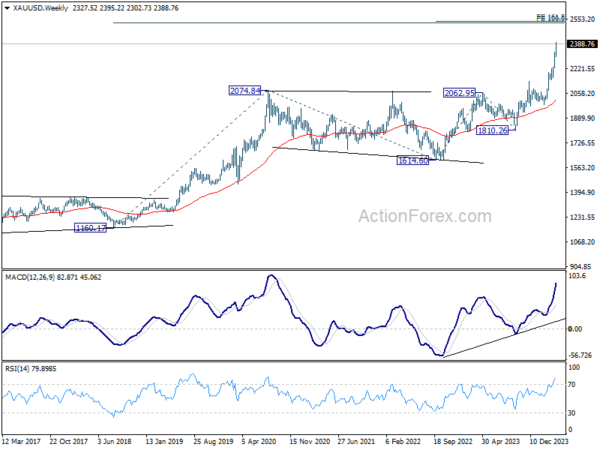
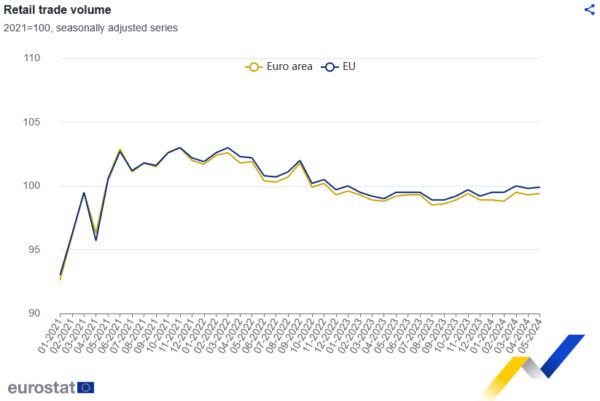

Fed Mester: Interest rates continue to rise this year and into next through first half
Cleveland Fed President Loretta Mester said that “interest rates continue to rise this year and into next year through the first half and maybe by then we can pause and we can start bringing them back down.” She would “pencil in going a bit above four as appropriate”.
As for September meeting, she said, “it’s not unreasonable to think we might have to do a 75 (basis point move) but I can imagine it could be a 50. We’ll just have to look at the data as it comes in.”